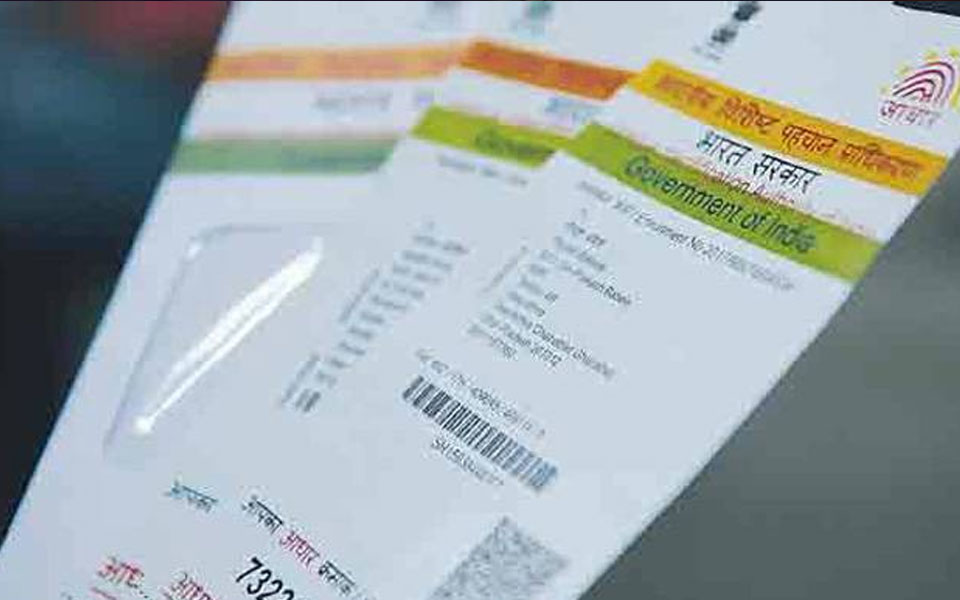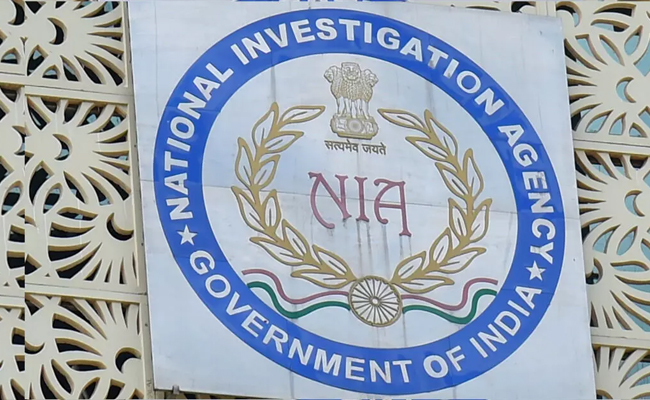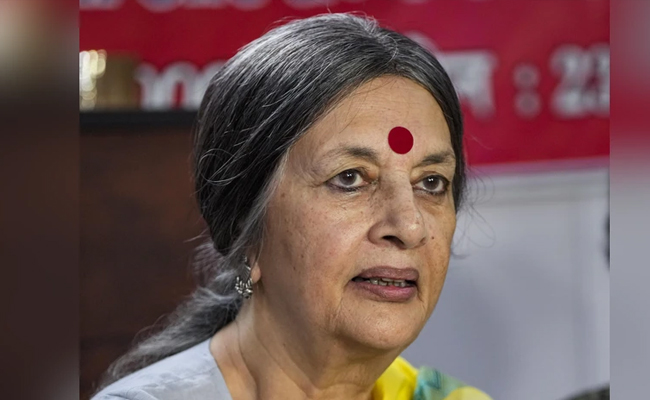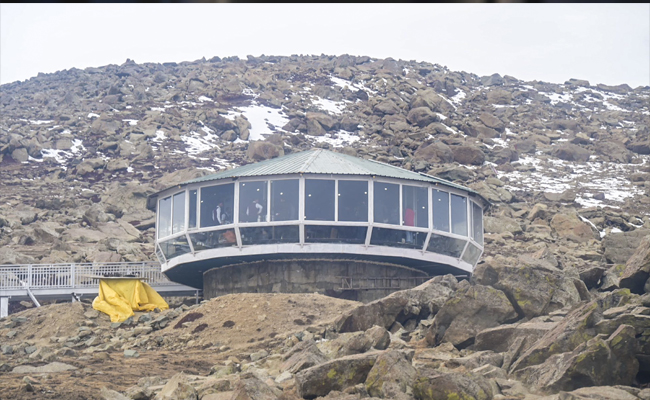New Delhi : The Unique Identification Authority of India's (UIDAI) plans to implement the face recognition feature as an additional mode of Aadhaar authentication are yet to take off, but that has not stopped it from making it a mandatory requirement ahead of the scheduled rollout.
Last week, the authority tasked with issuing the 12-digit biometric number finally announced a phased rollout of the feature, starting with telecom service providers from September 15. The plan was to implement it by the previous deadline of August 1 that had failed due to the non-readiness of some device providers.
However, it is unclear if the UIDAI has face recognition data as it had only taken Iris scan details of those applying for Aadhar card.
According to The Times of India, UIDAI has announced a new measure that seeks to mandate facial recognition - by taking on-the-spot live pictures - for every authentication that requires Aadhaar. Services that most commonly require Aadhaar authentication include banks, the public distribution system and issuance of a mobile SIM card, new as well as replacements.
Explaining how the new system would work, UIDAI CEO Ajay Bhushan Pandey said that whenever an individual would seek authentication based on Aadhaar, the authorised machine/device being used for the purpose would also capture a picture of the face of the individual. The photo, along with the fingerprint or iris scan, would be sent to UIDAI, which will verify the details on its database, and thereafter send a confirmation of the authenticity of the individual based on the above. Pandey added that the authentication process is very sophisticated and will not be impacted by changes to a person's face, say, growing a beard.
Significantly, the UIDAI further stated that live face photo capture and its verification with the photo obtained in eKYC will be essential where Aadhaar is used for issuance of SIMs. For authentication agencies other than TSPs, the body said specific instructions will be issued on implementing this new feature but did not specify a fresh deadline.
"Face authentication is the latest technology, and provides added security. After we hit 10 per cent of authentication transactions, we will have a review of any possible shortfalls that we notice in the system or processes. Thereafter, we will expand, within telecom and also to other service areas where separate instructions shall be issued," Pandey told the daily.
Citing sources, the report added that failure to follow the process will be treated as a criminal offence by authentication agencies, punishable with imprisonment and fine under Section 42 and 43 of the Aadhaar Act, 2016.
According to UIDAI, the measure is being used to provide an added security layer, while also making the Aadhaar process more inclusive while curbing the possibility of fingerprint spoofing or cloning. "There have been numerous instances where people have been excluded from Aadhaar authentication as their fingerprints are worn out due to old age, or since they are involved in manual labour or agriculture. The use of facial recognition will help include such people in the Aadhaar authentication process," Pandey added.
The body has also proposed a monetary disincentive for telcos for non-compliance. "TSPs (telecom service providers) are hereby directed that with effect from September 15, 2018, at least 10 per cent of their total monthly authentication transactions shall be performed using face authentication in this manner. Any shortfall in transactions using face authentication would be charged at Rs 0.20 (20 paise) per transaction," read a recent UIDAI circular.
Meanwhile, the Supreme Court continues to hear petitions challenging Aadhaar's constitutional validity.
courtesy: businesstoday.in
Let the Truth be known. If you read VB and like VB, please be a VB Supporter and Help us deliver the Truth to one and all.
Bhatkal: Speaker of the Karnataka Legislative Assembly U. T. Khader visited Bhatkal in Uttara Kannada district on Saturday and attended a local cricket match being played as part of a tournament organised by the Cosmos Sports Centre of Bhatkal.
After attending a programme at Anjuman Hami-E-Muslimeen, Khader proceeded to the Bhatkal Taluka Stadium, where the tournament is underway. He was accompanied by office-bearers of the Cosmos Sports Centre and several local community leaders.
Those present during the visit included President of Majlis-e-Islah Wa Tanzeem and former JD(S) leader Inayathullah Shabandri, Vice President of Tanzeem Atiqur Rahman Muniri, General Secretary Abdul Raqeeb MJ, President of Cosmos Sports Centre Ismail Anjum, Managing Director of Mohtisham Complexes S. M. Arshad, former president of the Bhatkal Muslim Youth Federation Imtiyaz Udyawar, among others.
Addressing players and organisers, Khader extended his best wishes to the participating teams and urged the players to uphold the spirit of sportsmanship. He said such tournaments help promote unity and brotherhood among the youth.
The cricket tournament began on November 21 and will conclude with the final match on December 21. It is being organised as part of the golden jubilee celebrations of the Cosmos Sports Centre.
Cosmos Sports Centre is one of the member clubs of the Bhatkal Muslim Youth Federation and is known for its active role in promoting sports in the town. Apart from sporting activities, the centre is also involved in various social and community initiatives, including efforts to promote education among students.






